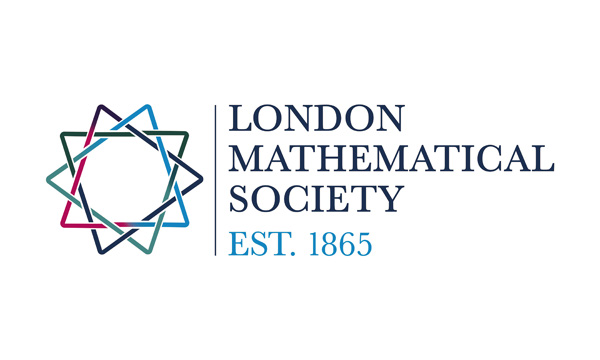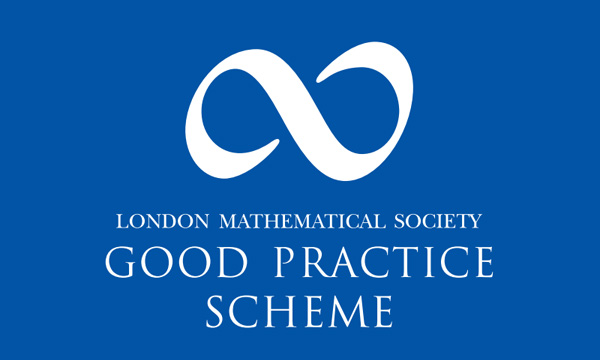Functor categories for groups
Friday 15th December 2023, 12:00 - 16:15 GMT, University of Lincoln (hybrid). Local organiser: Simon Smith
Permutation groups
The study of permutation groups was one of the foundational themes of group theory, and it continues to play a fundamental role in modern group theory. In this meeting, we will highlight a selection of some of the recent developments in the area.
Speakers
All talks will be held in person and online. The room for in-person participants is LMS0011 at the University of Lincoln.
The timetable is as follows, where times are given in Greenwich Mean Time (GMT):
12:00 - 12:30 Arrival
12:30 - 13:30 Melissa Lee (Monash University, Australia): Computing with the Monster
13:40 - 14:40 Scott Harper (University of St Andrews, UK): How big can a minimal generating set be?
14:40 - 15:15 Tea and coffee
15:15 - 16:15 Colin Reid (WWU Münster, Germany): Boundary-2-transitive actions on trees
For people attending in person,travel information and maps are available and after the talks we will go to the pub and then for dinner.
To register for the event or to receive the talk links, please email the organiser Simon Smith.
The FCG Research Group is supported by an LMS Joint Research Groups in the UK Scheme 3 grant. This meeting is also supported by the EPSRC. Limited funding is available for PhD students, allocated on a first come first served basis.
For UK-based mathematicians with caring duties the LMS has a Caring Supplementary Grant scheme which allows participants of meetings like ours to apply for help covering caring costs.
Abstracts
Melissa Lee: Computing with the Monster
Abstract: The monster group is the largest of the 26 sporadic simple groups with order approximately 8 x 10^53. Apart from its extremely large order, one of the challenges of working with the monster is that it does not have a small matrix or permutation representation. In this talk, I will discuss the history of computing with the monster, some recent breakthroughs in this area, and some joint work on maximal subgroups with Heiko Dietrich and Tomasz Popiel.
Scott Harper: How big can a minimal generating set be?
Abstract: A generating set for a group is said to be minimal if no proper subset generates the group. A minimal generating set need not have minimum possible size. For example, the symmetric group of degree n has a generating set of size two, but the set { (1, 2), (2, 3), ..., (n-1, n) } of n-1 adjacent transpositions is also a minimal generating set. In this talk, I will discuss recent work that provides an upper bound on the maximal size of a minimal generating set for an arbitrary finite group, which settles a conjecture of Lucchini, Moscatiello and Spiga. The proof of this result involves a connection with bases for primitive permutation groups.
Colin Reid: Boundary-2-transitive actions on trees
Abstract: Let T be a locally finite tree. A natural class of 'large' closed subgroups G of Aut(T) are those with unbounded orbits that act transitively on the boundary (space of ends) of the tree. In fact, all such groups act 2-transitively on the boundary.
I will talk about some reasons to be interested in this class of groups, and some restrictions I obtained on their structure in terms of local actions, in other words, the finite permutation groups induced by a subgroup fixing a vertex on the neighbours of that vertex.
If one of the local actions of G has insoluble point stabilizers, then the pointwise fixator of every half-tree has an insoluble local action (with an exception that only occurs for the (31,21) semi-regular tree); in particular, this implies that the fixator of every half-tree is nontrivial (something that is not true for all boundary-2-transitive actions, e.g. the action of PGL_2(Q_p) on its Bruhat-Tits tree has trivial fixators of half-trees).
If G is vertex-transitive, the local action of an end stabilizer is a point stabilizer of the local action of G; this is usually true also if G is not vertex-transitive, but there are some combinations of local actions where a local action of an end stabilizer can be smaller. A key ingredient in the proofs is a classification of finite permutation groups that preserve a proper equivalence relation, act faithfully on the set of blocks, and act transitively on pairs (x,y) such that x is not equivalent to y.




